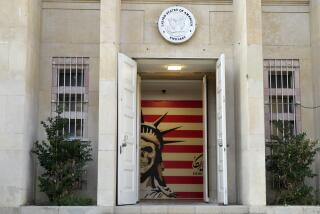Latest hostage in escalating U.S.-Iran tensions: Cultural monuments
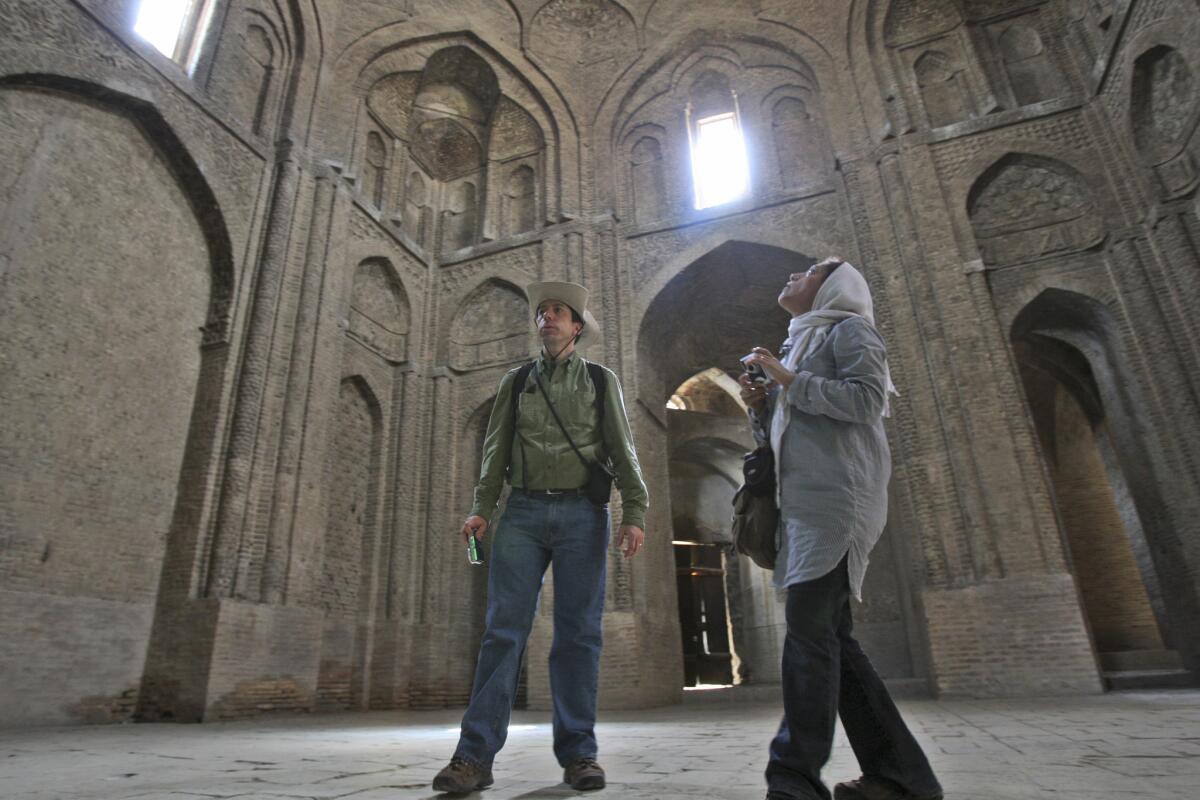
- Share via
In 2013, an ancient silver chalice from Iran was the unlikely vehicle for a diplomatic breakthrough.
The chalice — crafted in the 7th century BC and also known as a rhyton — features trumpet-shaped cups that sprout from the body of a griffin, the mythical creature with the head and wings of a bird and the body of a lion. On the chalice, the eyes are deep-set and wide open, like those of a bird of prey.
For the record:
7:07 p.m. Jan. 8, 2020An earlier version of this article said that the United States had supported the assassination of socialist Prime Minister Mohammed Mossadegh in 1953. He was overthrown and died in 1967.
First discovered in a cave near the border with Iraq, the chalice surfaced in the hands of a Geneva-based antiquities dealer in 2003. It was seized as he passed through customs at Newark International Airport in New Jersey.
For a decade, the chalice sat in a climate-controlled government warehouse in the New York City borough of Queens — until American diplomats turned it over to Iranians in 2013 as an act of goodwill. That gesture helped pave the way for a historic accord involving President Obama and the president of Iran, Hassan Rouhani.
That goodwill now seems like a long-ago memory, after President Trump ordered the targeted killing last week of a top Iranian general, Qassem Suleimani. On Twitter, Trump, who had already scuttled the Iran nuclear deal, followed up by threatening to strike cultural sites if Iran dared to attack the United States.
The threat drew international condemnation — critics noted that deliberately attacking cultural monuments was likely a war crime — and on Monday, Defense Secretary Mark Esper insisted that the United States had no plan for attacking such sites. Trump backed away from his threats on Tuesday, saying, “I like to obey the law.”
The fast-moving exchange has had the effect, probably not intended by Trump, of highlighting the riches of one of the world’s oldest civilizations.
From the Elam Empire in the 4th millennium BC, to the Safavid dynasty, which ruled Iran from the 1500s to 1736, right up through to the modern era, Iran has seen the coming and going of many empires, religions and cultures. The turmoil of the last few decades alone — from the U.S.-backed overthrow of the socialist Prime Minister Mohammed Mossadegh in 1953 through the 1979 Iranian revolution and hostage crisis and the Iran-Iraq war of 1980-88 — have complicated efforts to preserve, and study, the rich material culture of those eras.
While Trump did not specify which sites he might wish to target, the country is home to 22 UNESCO World Heritage sites, including the ancient ruins of Persepolis, northeast of the city of Shiraz, which was destroyed during Alexander the Great’s invasion of Achaemenid Persia.
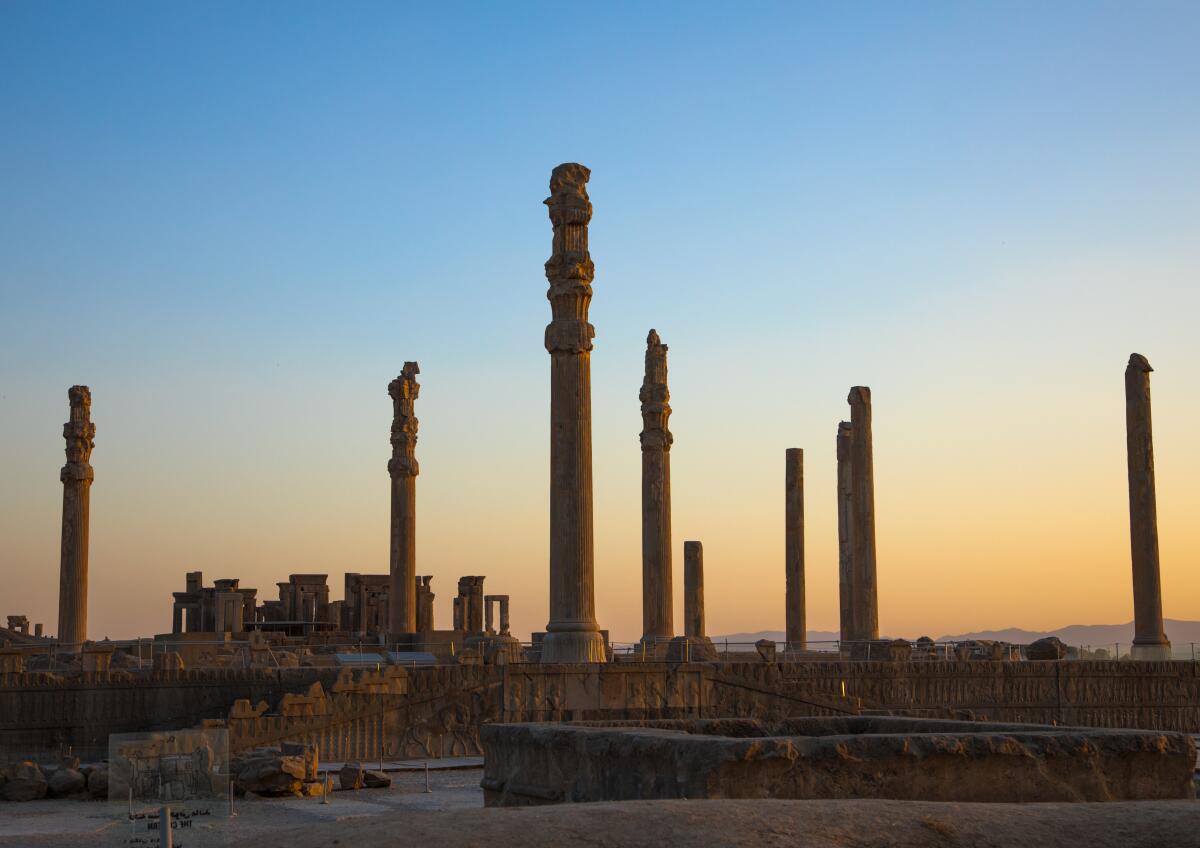
There’s also the Tchogha Zanbil, which dates back to 1250 BC, as well as more modern sites, such as memorial tombs for the medieval poets Saadi and Hafez that were built during the time of the Pahlavi monarchy.
Those places are not only important to Iranians but to the patrimony of humankind, according to Leila A. Amineddoleh, an art crime, and cultural heritage lawyer based in New York City, who deplored even rhetorical threats to attack cultural heritage. “It’s a type of terror and he’s politicizing and weaponizing culture,” she said.
International law bans the targeting of cultural sites, which are protected under the 1954 Hague Convention for the Protection of Cultural Property. The Rome Statute of 1998, which established the International Criminal Court, classified the international destruction of cultural heritage as a war crime.
In 2017, the United Nations Security Council adopted a resolution for the protection of cultural heritage, in what was described at the time as a milestone in international law.
Yet those developments in the law are probably unfamiliar to Americans, citizens of what is still a fairly new nation.
It is particularly destructive for the United States to threaten Iranian cultural sites, said Pamela Karimi, an associate professor of art history at the University of Massachusetts Dartmouth, who studies the architecture and visual culture of the Middle East.
“Only a handful of extremist groups in modern conflicts have sought the destruction of significant buildings for the sake of weakening the morale of their enemies,” she said.
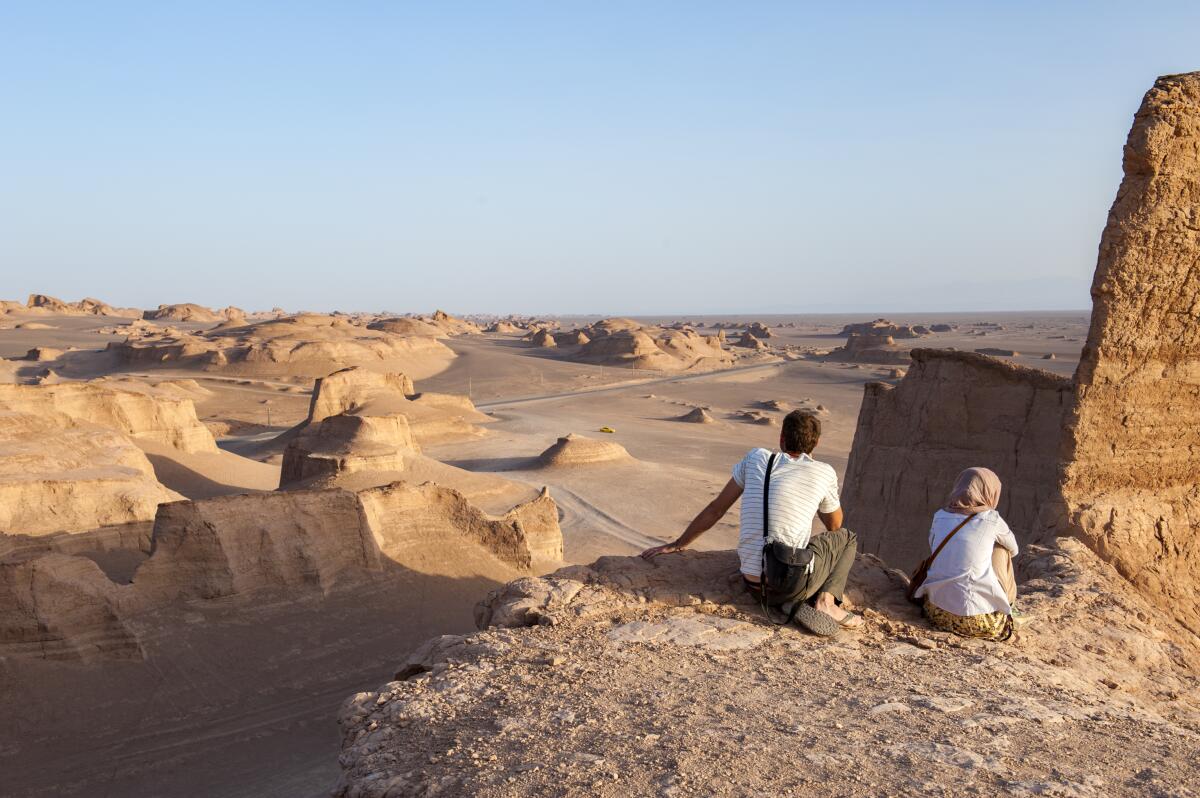
Culture has long been one of war’s first casualties. Indeed, Trump’s online fulminations evoked some comparisons online to a terrorist act — for example, the destruction of the ancient stone Buddhas of Bamiyan by the Taliban in 2001.
Others invoked some of the darkest episodes in modern warfare — including Germany’s destruction of the ancient Belgian city of Leuven during World War I, and the Allies’ aerial bombing of the medieval German city of Dresden during World War II.
Sergio Beltrán-Garcia, an architect and activist who studies truth, justice and memory in the context of violence, noted that the demolition of buildings and cities as a means of domination goes back to ancient times.
“One culture would raze down another culture’s identity, including their buildings, to establish their own world view upon them.”
He pointed to the time of the Romans, when armies razed Carthage.
“It was generally armed conflict which destroyed these sites that built the identities and memory of a people,” he said. “It’s about threatening violence, using architecture as a means to control.”
Amineddoleh said the most disturbing aspect of Trump’s threat is his politicization of heritage sites as punishment — a strategy that she notes has been employed by some of history’s most brutal dictators and terrorist groups, including Hitler’s Third Reich and the Islamic State.
For instance, the Nazis targeted buildings that were significant to the Polish people and more recently Islamic State militants also struck sites in Iraq and Syria that it deemed violated its ideology.
Such examples serves as a lesson as to what could happen if the U.S. were to target cultural sites in Iran, according to Kim Benzel, the curator in charge of Ancient Near Eastern Art at the Metropolitan Museum of Art in New York.
Benzel said archaeological sites and museums are often targeted during armed conflict, given the breakdown in security. Looting and the illicit sales of artifacts often take place. Such destruction also means that for future generations, such shared memories of culture would be stripped away.
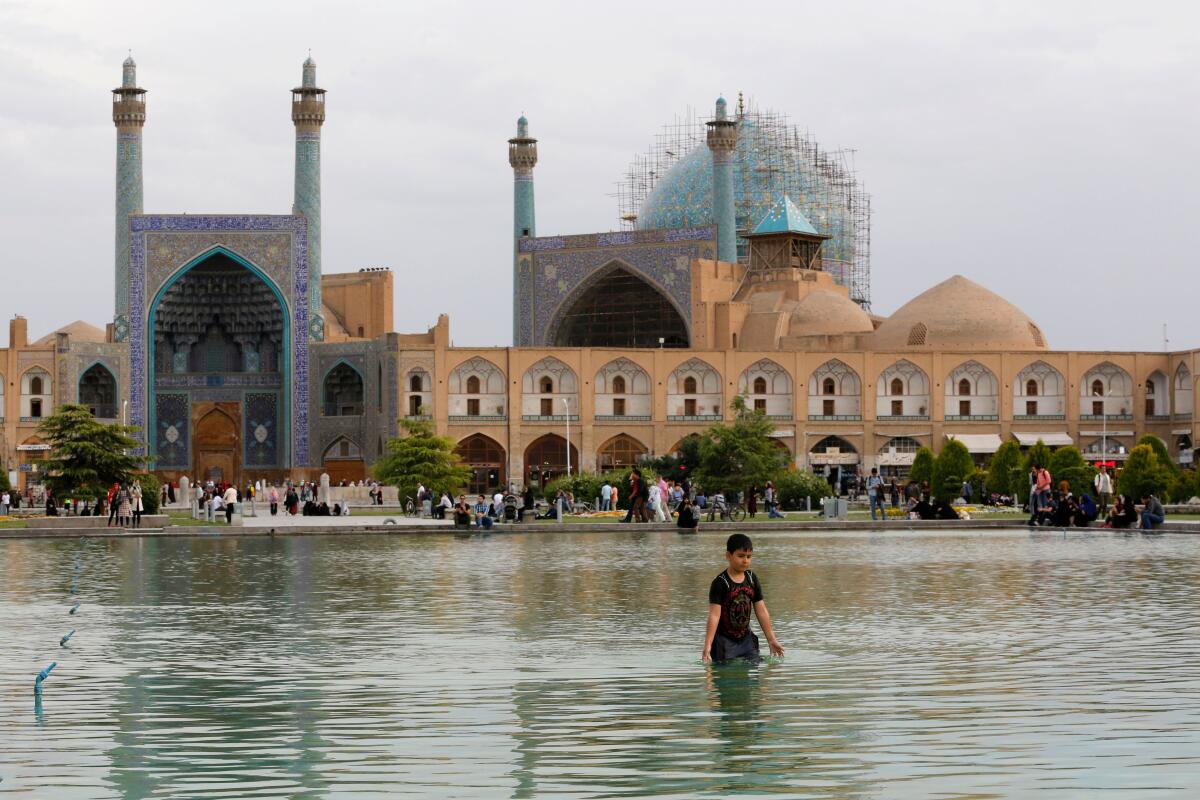
In 2013, Beltrán-García, the architect and activist, visited the Iranian city of Isfahan. There, he visited Naqsh-e Jahan Square, built between 1598 and 1629 when the shah moved the capital of the Persian Empire from Qazvin to Isfahan.
“The engineering and mathematical value of these buildings is unquestionable. What these buildings have been able to solve with the symbolism of celebrating holiness, or making a visitor feel blessed by the divine, works very well.”
He added: “I could actually feel the architecture moving me as a song or a film or a novel would. But these spaces, you don’t understand through word or sound or images — you understand through space. I could feel something lumping up in my throat.”
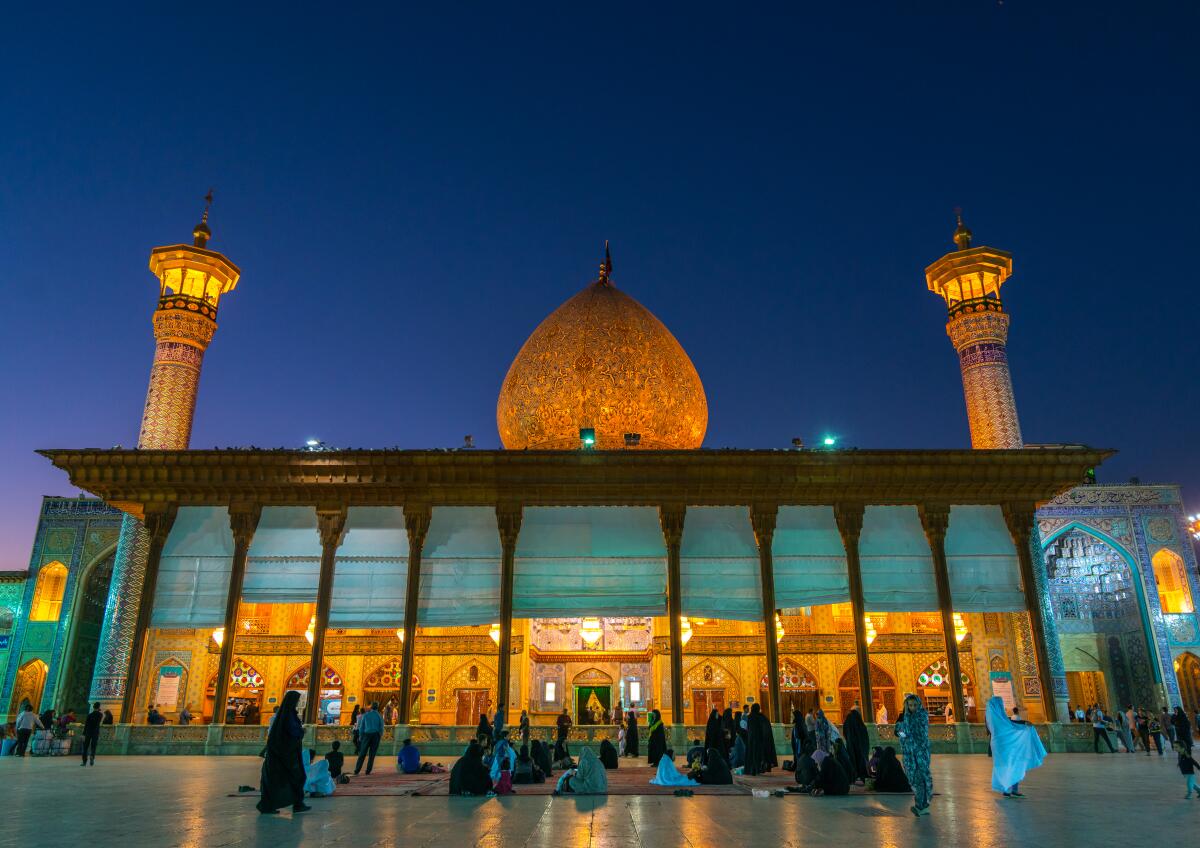
In Shiraz, Beltrán-García recollected, the interior of the Shah Cheragh shrine “is completely covered in geometrically cut mirrors.”
He said: “When you walk inside, if you squint, you feel like you’re under the stars. It’s almost if the architect understands that we found a way to capture the light of the heavens inside a building.”
Americans are unlikely to experience such awe-inspiring moments anytime soon. After the 2015 nuclear agreement among Iran, the United States and leading European countries, Iran had started to lure Western tourists, but the Trump administration’s rejection of the deal and the intensification of sanctions has all but shut off the flow of visitors from the U.S.
More to Read
The biggest entertainment stories
Get our big stories about Hollywood, film, television, music, arts, culture and more right in your inbox as soon as they publish.
You may occasionally receive promotional content from the Los Angeles Times.


